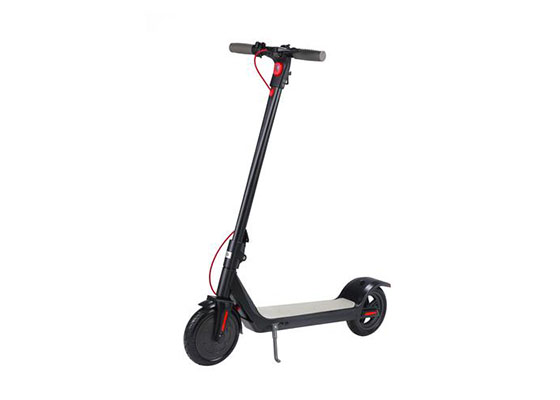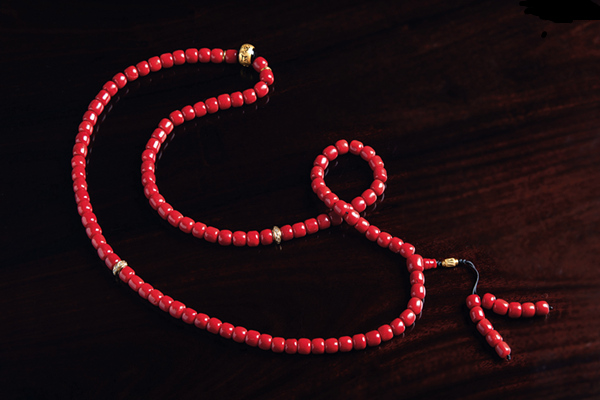Industrial motion control systems are used to automate the movement of machinery and equipment in manufacturing and other industrial settings. These systems require a wide variety of connectors to ensure proper power, communication, and control. In this article, we will explore the different types of connectors used in industrial motion control systems, the factors to consider when selecting connectors, and recommendations for selecting the best connectors for your specific application.
Types of Connectors Used in Industrial Motion Control Systems
There are several types of connectors used in industrial motion control systems. These connectors can be broadly classified into three categories: power connectors, signal connectors, and hybrid connectors. Let’s take a closer look at each type.
Power Connectors
Power connectors are used to provide power to the motors and other components in the motion control system. There are two main types of power connectors used in industrial motion control systems: power distribution connectors and servo motor power connectors.
Power Distribution Connectors
Power distribution connectors are used to distribute power from the main power source to the various components in the motion control system. These connectors are typically rated for high current and voltage and are designed to handle the heavy loads of industrial equipment. Common types of power distribution connectors include terminal blocks, busbars, and power connectors with screw or clamp terminals.
Servo Motor Power Connectors
Servo motor power connectors are used to provide power to the servo motors that drive the movement of the machinery in the motion control system. These connectors are typically rated for high voltage and current and are designed to provide a secure and reliable connection to the servo motor. Common types of servo motor power connectors include circular connectors, rectangular connectors, and plug connectors.
Signal Connectors
Signal connectors are used to transmit data and signals between the various components in the motion control system. These connectors are typically used to provide feedback from sensors, actuators, and other components to the control system. There are several types of signal connectors used in industrial motion control systems, including encoder feedback connectors, sensor and actuator connectors, and communication connectors.
Encoder Feedback Connectors
Encoder feedback connectors are used to provide feedback from the encoder to the control system. The encoder is a device that measures the position and velocity of the machinery in the motion control system. The feedback provided by the encoder is used by the control system to adjust the movement of the machinery. Common types of encoder feedback connectors include circular connectors, D-subminiature connectors, and terminal blocks.
Sensor and Actuator Connectors
Sensor and actuator connectors are used to connect sensors and actuators to the control system. Sensors are used to monitor various aspects of the machinery, such as temperature, pressure, and position. Actuators are used to control the movement of the machinery, such as valves and motors. Common types of sensor and actuator connectors include rectangular connectors, circular connectors, and DIN connectors.
Communication Connectors
Communication connectors are used to connect the various components in the motion control system to the control system. These connectors are used to transmit data and signals between the various components in the system. Common types of communication connectors include Ethernet connectors, USB connectors, and RS-232 connectors.
Hybrid Connectors
Hybrid connectors are used to provide both power and signal connections in a single connector. These connectors are typically used to save space and reduce the number of connectors required in the motion control system. There are two main types of hybrid connectors: power and signal hybrid connectors and fiber optic hybrid connectors.
Power and Signal Hybrid Connectors
Power and signal hybrid connectors are used to provide both power and signal connections in a single connector. These connectors are typically used to connect servo motors and other components that require both power and signal connections. Common types of power and signal hybrid connectors include circular connectors and rectangular connectors.
Fiber Optic Hybrid Connectors
Fiber optic hybrid connectors are used to provide both power and fiber optic signal connections in a single connector. These connectors are typically used in applications where high-speed data transfer is required, such as in high-speed machinery or robotics. Common types of fiber optic hybrid connectors include circular connectors, rectangular connectors, and plug connectors.
Factors to Consider When Choosing Connectors for Industrial Motion Control Systems
When selecting connectors for industrial motion control systems, there are several factors to consider. These factors include the environment and application, size and space limitations, electrical and mechanical requirements, durability and reliability, and cost and availability.
Environment and Application
The environment and application of the motion control system will determine the type of connector that is required. For example, connectors used in outdoor applications may need to be waterproof or weather-resistant, while connectors used in hazardous environments may need to be explosion-proof or flame-retardant.
Size and Space Limitations
The size and space limitations of the motion control system will determine the size and type of connector that is required. Connectors used in tight spaces may need to be compact or low-profile, while connectors used in larger machinery may need to be larger and more robust.
Electrical and Mechanical Requirements
The electrical and mechanical requirements of the motion control system will determine the electrical and mechanical specifications of the connector that is required. For example, connectors used with high-current or high-voltage systems may need to be rated for higher currents and voltages.
Durability and Reliability
The durability and reliability of the connector are critical factors to consider when selecting a connector for an industrial motion control system. Connectors used in harsh environments or in high-vibration applications may need to be more robust and able to withstand extreme conditions.
Cost and Availability
The cost and availability of the connector are also important factors to consider. Connectors that are readily available and competitively priced will help to minimize downtime and reduce costs.
Conclusion
Choosing the right connectors for an industrial motion control system is critical to ensure the proper operation of the system. The various types of connectors available, including power connectors, signal connectors, and hybrid connectors, provide a range of options for designers and engineers to choose from. When selecting connectors for a motion control system, it is important to consider the environment and application, size and space limitations, electrical and mechanical requirements, durability and reliability, and cost and availability. By considering these factors and selecting the appropriate connectors, you can help to ensure the reliable and efficient operation of your industrial motion control system.




